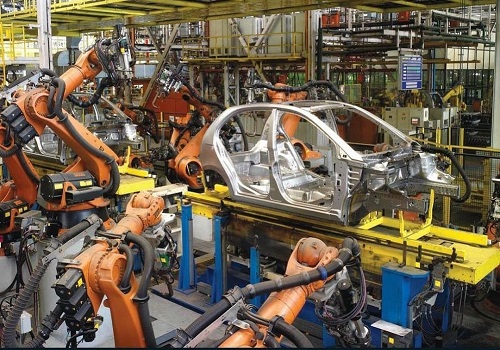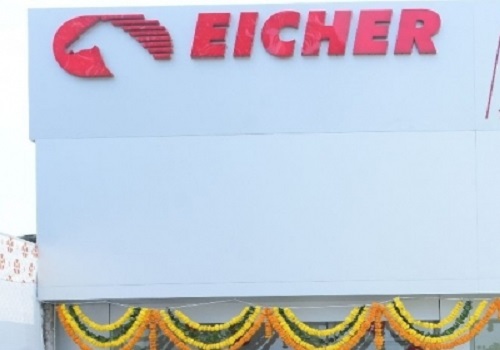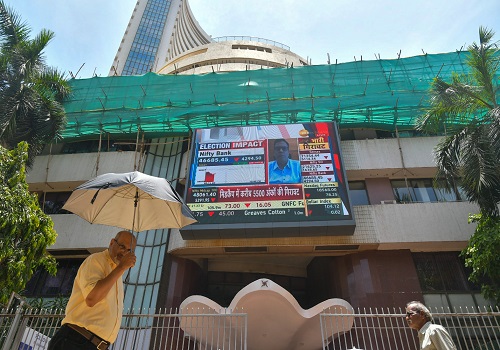Utilities Sector Update :Vaults of Power Unleashing battery energy storage By JM Financial Institutional Securities

In the future, power systems are expected to increasingly rely on RE sources such as wind and solar. However, these sources present inherent challenges due to their variability and intermittency, which can pose obstacles to safe and reliable grid operations. India has been making significant strides in increasing RE into its generation mix, aiming to achieve 50% capacity from non-fossil fuel-based energy by 2030. To support this ambitious goal, the next phase of growth necessitates the integration of energy storage solutions into both RE systems and the grid. Utilities are increasingly including energy storage in their generation portfolio to complement their existing and expanding RE. We initiate a series of reports focusing on battery energy storage system (BESS), building upon our previous analysis of pumped hydro storage. These reports will delve into various aspects of BESS, explaining complex technological concepts in simplified terms to provide comprehensive insights.
* Storage types: Various grid-scale energy storage systems are commercially available globally, with notable options being pumped storage plants (PSP) and battery energy storage systems (BESS). PSPs are established as long-term, technically sound, highly efficient, environmentally friendly, and flexible solutions for large-scale and long-duration energy storage needs. On the other hand, BESS operates as an electrochemical device primarily employed for real-time grid electricity balancing purposes.
* Principal BESS characteristics: Energy storage devices are assessed based on their output and energy density, with applications categorized by output, duration of usage, and power requirements. Moreover, energy storage devices are classified according to usage duration, power generation, and system/network operation criteria. Battery technologies for energy storage further differ in factors like energy density, charge/discharge efficiency (round trip), lifespan, and environmental sustainability.
* Battery energy storage system (BESS): From a basic technical perspective, BESS can be connected either in front of the meter, directly linked to the transmission grid (for utilityscale installations), or behind the meter, connected to a local distribution network. Components of energy storage systems (ESS) are typically categorized based on their function, including the battery system (comprising the battery pack, battery management system, and battery thermal management system), system control and monitoring, energy management system (EMS), system thermal management, supervisory control and data acquisition (SCADA) system, and power electronics.
* Grid applications: BESS can regulate frequency, stabilize voltage, and provide ancillary services, ensuring grid stability and reliability. Additionally, BESS can reduce grid congestion, optimize energy usage through arbitrage, and enable peak shaving, thereby improving grid efficiency and lowering costs. Moreover, BESS plays a critical role in black start scenarios, providing emergency power to facilitate rapid system restoration. These capabilities collectively enhance grid resilience, flexibility, and sustainability, making BESS an indispensable asset for modern power systems.
* Business models: Business models for energy storage services in India are evolving to meet the needs of distribution companies (Discoms). Options include storage as a generationcoupled asset (where developers supply firm renewable energy power), storage as a grid asset (offering specific storage services under contract), and storage as a merchant asset (capitalizing on price arbitrage in the wholesale energy market). These approaches are expected to offer flexibility to Discoms for effectively integrating RE in the grid.
* JM View: Given the focus of all Indian utilities on enhancing their RE portfolio with storage (as evident from participation in RTC, FDRE bids), we are aligned with their strategic objectives and optimistic about their earnings trajectory. We currently have a BUY rating on NTPC (TP – INR 368), Power Grid (TP – INR 312), Coal India (TP – INR 500), Tata Power (TP – INR 439), JSW Energy (TP – INR 540), NHPC (TP-91), Suzlon (TP- 54), BHEL (TP-243). We have a HOLD rating on CESC (TP – INR 130), and SELL rating on SJVN (TP-INR 72) and Torrent Power (TP- INR 800).
Please refer disclaimer at https://www.jmfl.com/disclaimer
SEBI Registration Number is INM000010361










Tag News

IT Sector Update : ACN : Good quarter fails to translate into guidance raise by Kotak Instit...



More News

Cement Sector Update : All India cement average prices have inched up in Dec`24 despite havi...









